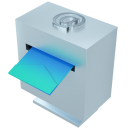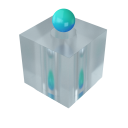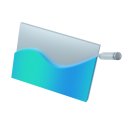如果给C#编写的窗口边框加上阴影,将使窗体变得非常酷,但这需要借助windows的动态链接库(win32 API)来实现,下面就给出了一个小实例来演示一下。
//首先引入相关的命名空间,除最下面的那个之外其余都由程序自动添加
using System;using System.Collections.Generic;using System.ComponentModel;using System.Data;using System.Drawing;using System.Text;using System.Windows.Forms;using System.Runtime.InteropServices;
namespace winForm//程序的命名空间{ public partial class Form1 : Form { #region 窗体边框阴影效果变量申明 const int CS_DropSHADOW = 0x20000; const int GCL_STYLE = (-26);
//声明Win32 API [DllImport("user32.dll", CharSet = CharSet.Auto)] public static extern int SetClassLong(IntPtr hwnd, int nIndex, int dwNewLong); [DllImport("user32.dll", CharSet = CharSet.Auto)] public static extern int GetClassLong_r(IntPtr hwnd, int nIndex);
#endregion public Form1() { InitializeComponent(); SetClassLong(this.Handle, GCL_STYLE, GetClassLong_r(this.Handle, GCL_STYLE) | CS_DropSHADOW); //API函数加载,实现窗体边框阴影效果 } }}
通过这个例子你应该熟悉DLL函数的引入方法,当然这些函数你可以查一下相关手册,看看如何使用。
本文源自:翔宇亭——IT乐园(http://),转载请保留此信息!







































 热门文章
热门文章





